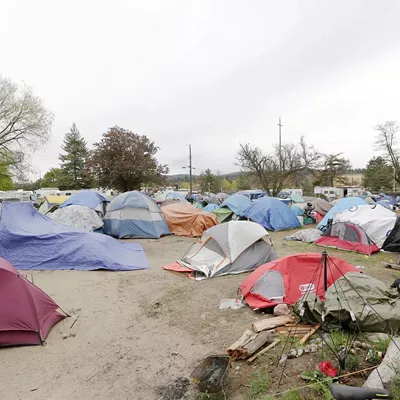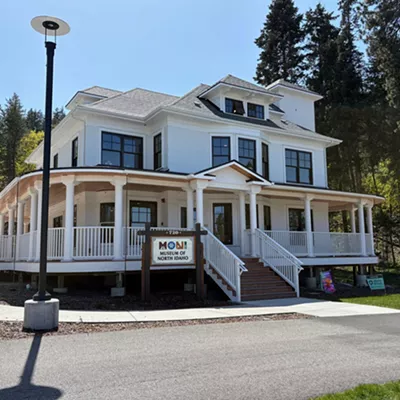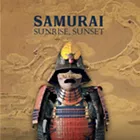Nez Perce in Nespelem -- Excellent article on the history of the tragedies faced by the Nez Perce Tribe ("The Blood Remembers," 9/5/02). May I just add: The members of the Chief Band of the Nez Perce of the Confederated Tribes of the Colville Reservation are in the process of building a cultural center named "Tiwiyekinwes" (meaning A Place of Ancient Gathered Teachings) in Nespelem.
This cultural center will include community buildings to teach the stories of the tribe, repositories of artifacts now spread all over the world and other interpretive workspaces for tribal and non-tribal people to view.
The cultural center proponents hope to break ground in 2004, the centennial of Chief Joseph's death.
Why in Nespelem? Officially, the Nez Perce National Historic Trail ends in Montana's Bear Paw Mountains, where Chief Joseph ended his tribe's famous 1,200-mile running battle with the U.S. Army in 1877. But the Nez Perce odyssey continued long after that. The planned cultural center would mark what many believe is the real end of the Nez Perce trail, Nespelem, where the tribe ended in exile. This conclusion is a source of intense personal and public debate among members of the tribes.
Unknown to many people, while there is a memorial near Joseph, Ore., Chief Joseph is buried in Nespelem on the Colville Reservation. A new monument to him is also in the works. Current funding partners for the cultural center include the private sector, local government and state agencies and the National Parks. Support from the general public is welcome.
Terry Lawhead
Spokane, Wash.
Salmon Saved Lewis and Clark -- Great coverage on the Nez Perce Tribe. One fact missing from the "Saving Lewis and Clark" article, however, is that it was salmon that saved them from starvation in 1805. The expedition, including their guide, a baby-toting teenager named Sacagawea, stumbled down out of the Bitteroot Mountains to the Weippe Prairie near present-day Lewiston. They were met by Nez Perce Indians who fed them salmon. At that time, as many as 16 million wild salmon returned each year to the Columbia and Snake rivers. Clark said the rivers swelled with "increadible" numbers of fish. Salmon swam stacked in layers to depths of 20 feet and lay on riverbanks by the thousands, being dried by Indians or naturally decaying.
Today, more than 70 percent of the original Lewis and Clark Trail is underwater, beneath dam reservoirs. With more than 200 large dams, the Columbia River and its tributaries comprise the most heavily dammed watershed on earth. As a result, Columbia and Snake river wild salmon are in deep trouble. Many species are extinct, and a dozen more endangered. Now, those same fish that saved Lewis and Clark are at only 1-3 percent of their historic numbers. Our nation's repeated treaty promises to Native American tribes, including the core promise of plentiful salmon, have not been kept since they were made nearly 150 years ago.
Abundant wild salmon. Clean water. Vibrant communities. We can best commemorate the Lewis and Clark Bicentennial by working together to restore and repair these essentials for our children's children, and by honoring our nation's treaty pledges to Indian tribes. By restoring rivers and returning wild salmon, we feed people and our spirits, we support communities and we renew watersheds.
Let's leave a legacy worthy of both the Lewis and Clark expedition and the people who met them here 200 years ago.
Lupito Flores
Lewis & amp; Clark Project Coordinator,
Save Our Wild Salmon
Spokane, Wash.
















